In full transparency, the press release & photos were submitted to SOURCE media for publication.
***
[broadstreet zone=”99032″]
FRAMINGHAM – A new exhibition opening in February at Framingham State University’s Danforth Art Museum offers a closer look at the work of three artists who
played an important role in defining the Boston art world during the mid-20th Century.
Visionary Boston is about artistic relationships, shared visions, and the fluid boundaries between artistic mediums. It features the art work of John Brook, Steven Trefonides, and Kahlil Gibran — as well as their contemporaries. The artistic experimentation among these artists fed into the mystical, imaginative, and otherworldly subject matter that permeates much of the work in this exhibition.
Visionary Boston opens Saturday, Feb. 18 and remain up through June 4, 2023.
Brook was one of the artists at the center of this period of connectivity among artists in Boston. He brought them together, photographed them, and encouraged experimentation with the medium. He introduced Steven Trefonides to photography, a medium Trefonides mastered along with painting, leading to a prolific career in both.
[broadstreet zone=”59947″]
Brook built his own lenses, and taught painter and sculptor Kahlil Gibran to do the same. Gibran’s otherworldly figures in bronze, on canvas, and on paper reflect his own attempts to expand and alter vision, and his ability to master multiple mediums in order to do it.
In addition to the opening of Visionary Boston, the Danforth will also be opening an exhibition featuring recent acquisitions in the Permanent Collection.
“The Danforth’s collection is organic, constantly growing to reflect contemporary, regional artists and the historical works that helped shape and inform artwork in the New England region,” said Museum Director and Curator Jessica Roscio. “Over the last three years, almost 200 works have been accessioned into the permanent collection. A selection of these recent acquisitions will be on view this spring, spanning across different mediums and eras to showcase some of the amazing works that have been added.”
Danforth Museum is closed through February 17 while the new exhibitions are installed, but is regularly open to the public Tuesday-Sunday, Noon-5 p.m. Advanced registration
[broadstreet zone=”59982″]
In the mid-twentieth century, Boston was decidedly not the center of the art world. However, despite a decades long struggle with Modernism and with Abstrac
Expressionism gaining ground in New York City, a parallel but distinct movement was stirring in Boston. Galvanized by the hiring of German Expressionist Karl Zerbe to lead the Department of Painting at the School of the Museum of Fine Arts in 1937, and a flurry of post-war fellowships that sent a number of his students to study in Europe, the galleries and studios on Newbury Street in the 1950s became a center of the Boston art world.
ARTnews acknowledged that the modern era had at last arrived in Boston in their December 1947 issue, declaring that “the painter’s revolution is perhaps the most
significant of Boston’s cultural changes.” But in fact, artistic experimentation extended well beyond painting. A sense of connectivity developed among groups of artists despite the variety of media in which they practiced. The mid-century relationships that flourished among painters, sculptors, and photographers resulted in creative output that shaped contemporary art in Boston into the twenty-first century.
[broadstreet zone=”59984″]
One of the artists at the center of it all was John Brook, the artist behind the ARTnews photograph, Ten Artists and Karl Zerbe, which introduced the Boston Expressionists to a national audience. Brook’s interest in and attention to the photographic medium connected him to fellow artists and forged lasting creative relationships, yet he was almost entirely forgotten at the time of his death in 2016. Visionary Boston is an exhibition about artistic relationships, shared visions, and the fluid boundaries between artistic mediums. Brook connected artists working in Boston; he brought them together, photographed them, and encouraged experimentation with the medium.
Brook introduced Steven Trefonides to photography, a medium Trefonides mastered along with painting, leading to a prolific career in both. Brook built his own lenses, and taught painter and sculptor Kahlil Gibran to do the same. Gibran’s otherworldly figures in bronze, on canvas, and on paper reflect his own attempts to expand and alter vision, and his ability to master multiple mediums in order to do it.
The work of John Brook, Steven Trefonides, and Kahlil Gibran all grapple with our desire to see the unseen. The artistic experimentation among these artists fed into the mystical, imaginative, and otherworldly subject matter that permeates much of the work in this exhibition. Visionary Boston offers a closer look at the work of three artists who played a role in defining the mid-century Boston art world, who worked fervently to translate their visions into something tangible, and whose works reflect their mutual influences — both historical and contemporary.

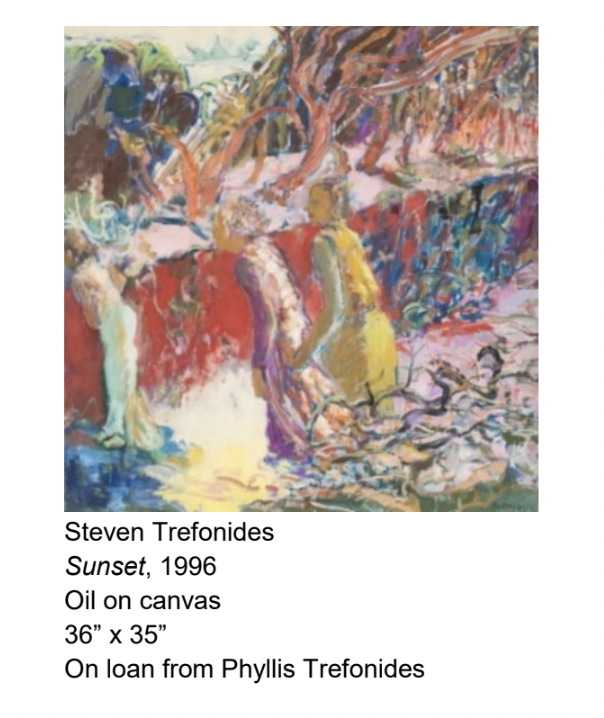
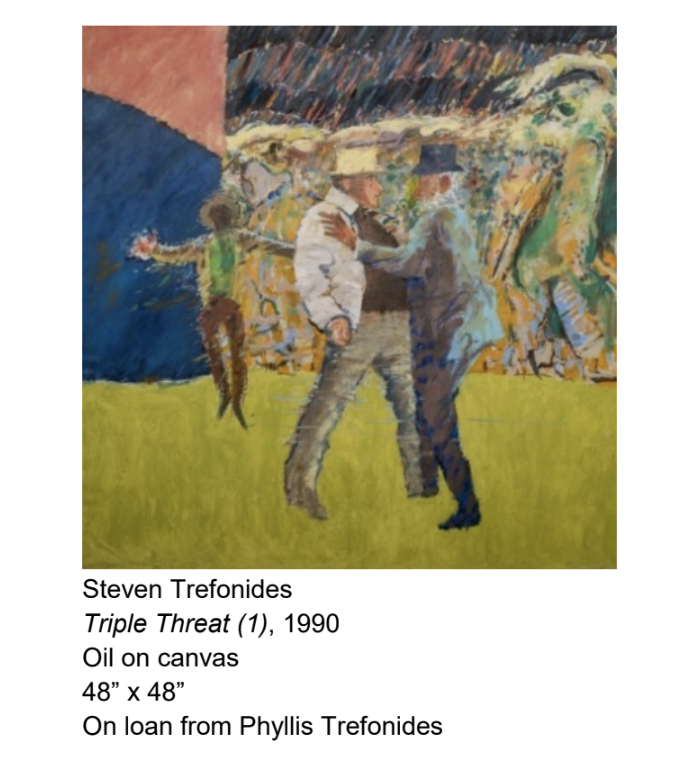
[broadstreet zone=”59946″]
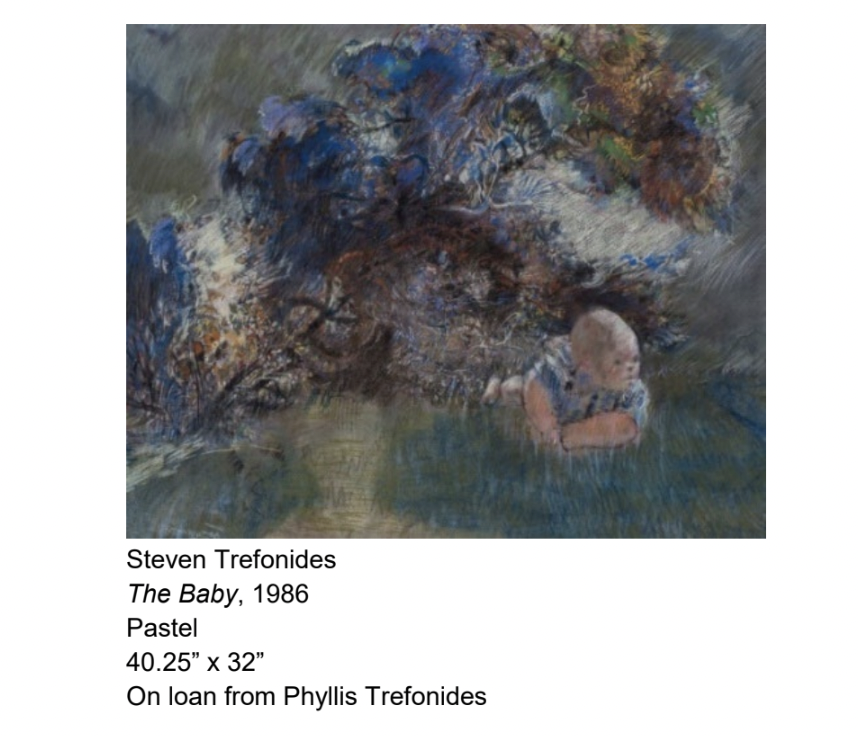
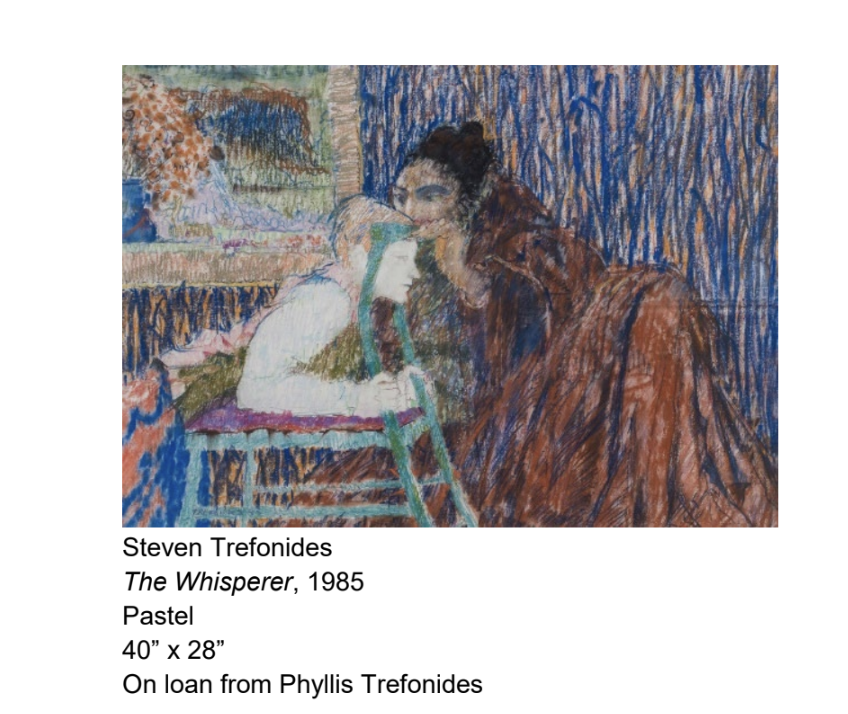
[broadstreet zone=”58610″]
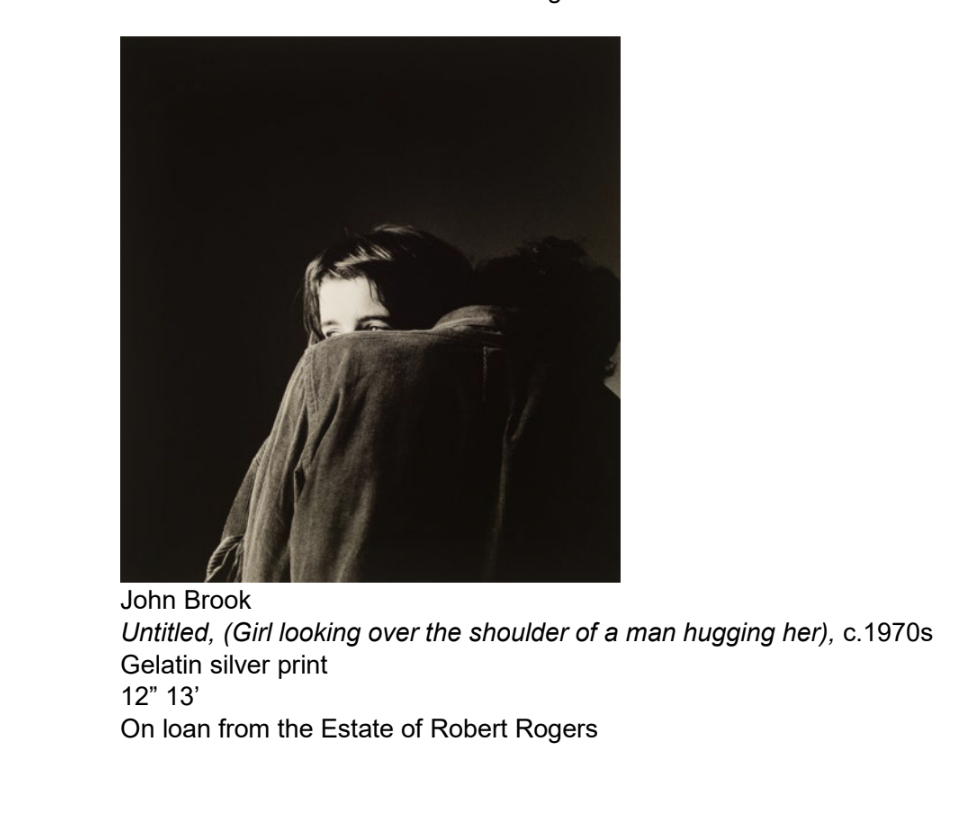
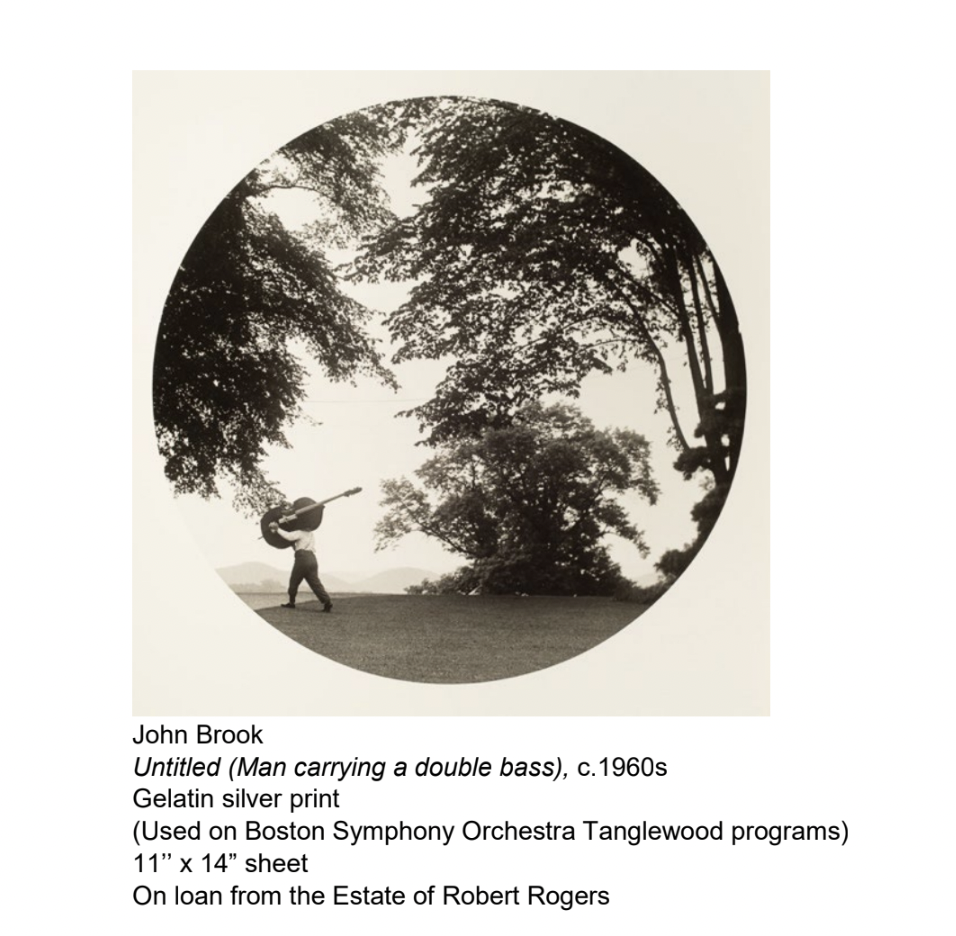
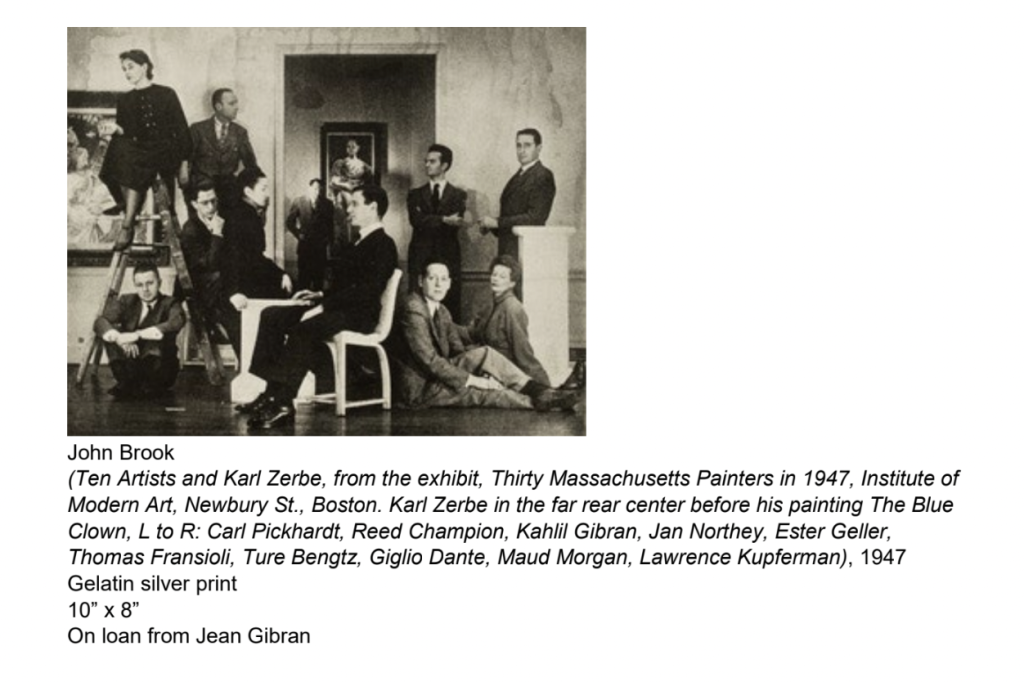
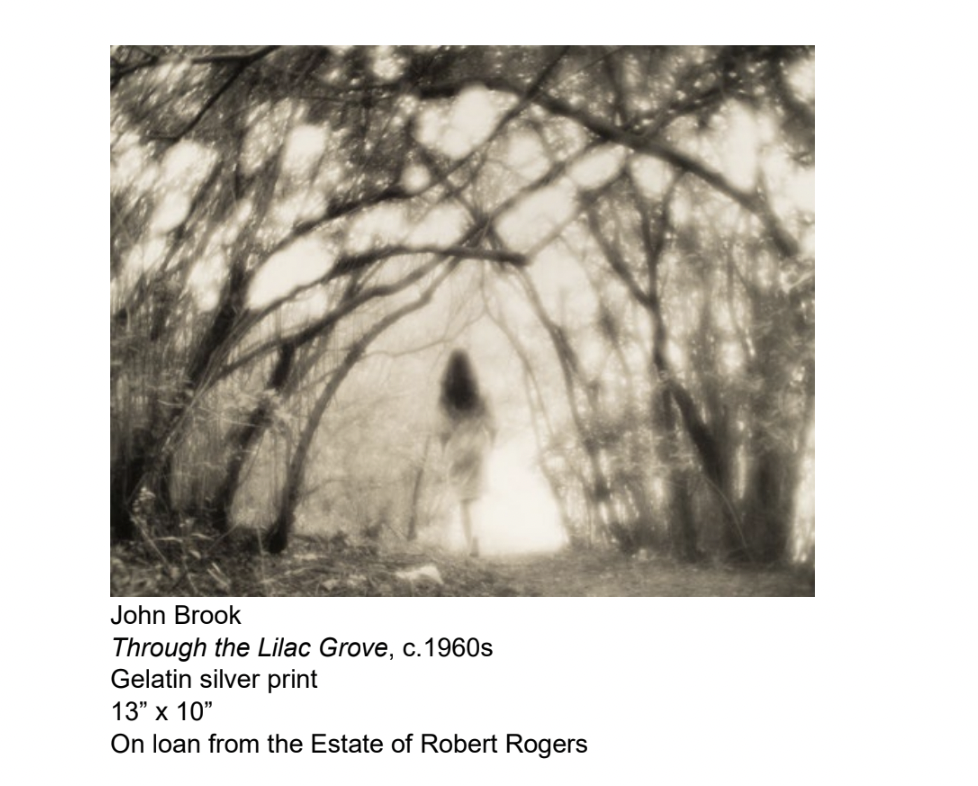
[broadstreet zone=”56696″]
